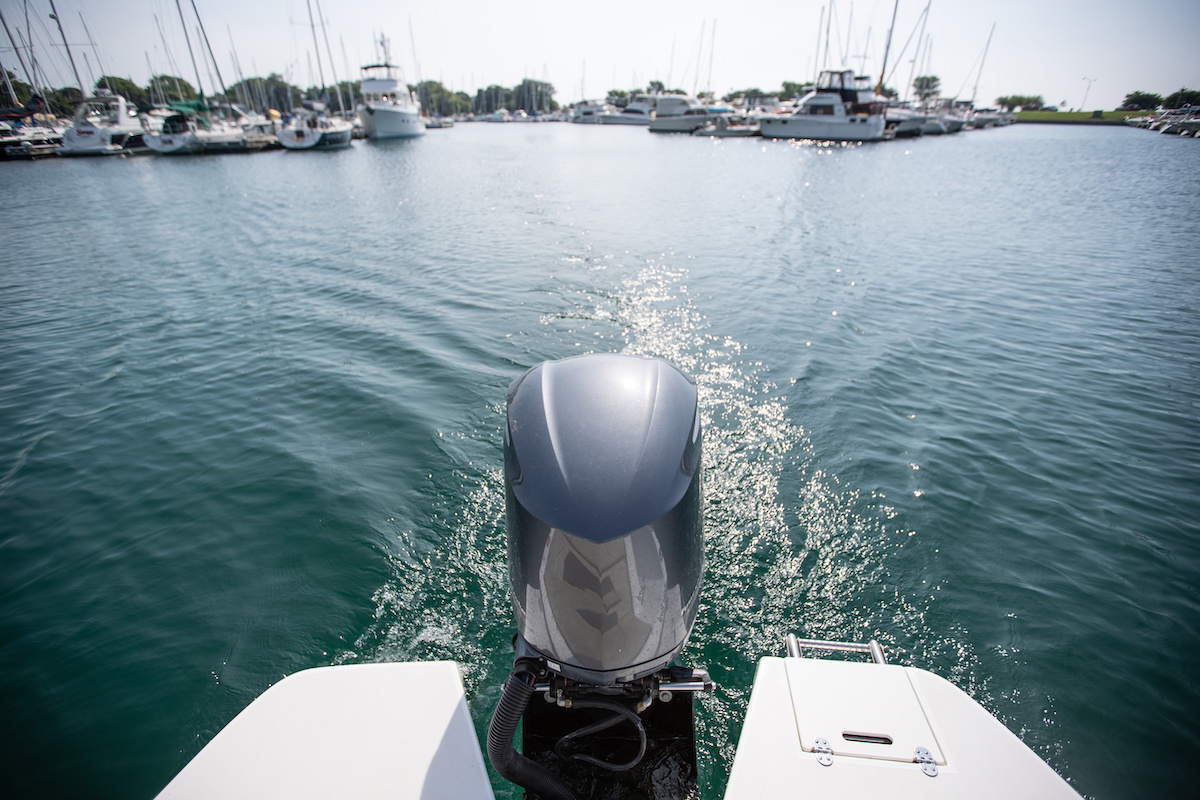A bilge pump is one of the most essential pieces of equipment on any boat; it keeps your vessel dry and safe.
Whether you are a new boat owner or an experienced captain, knowing how a boat bilge pump works is important. It is also necessary to understand why it is needed and how to maintain it. This knowledge can help you avoid costly damage and get ready for any situation on the water.
What Is a Bilge Pump and Why Do You Need One?
A bilge pump is a device designed to remove excess water from the lowest point of a boat: the bilge. Most of the time, water in the bilge comes from everyday sources. Rainwater or spray from waves can accumulate while boating, while wash-down water may pool in the bilge during cleaning.
On larger boats, features like built-in coolers, hatch lips, and cup holders often drain overboard, but this water typically routes to the bilge on smaller boats. Minor leaks on an inboard boat can also contribute.
Most bilge pumps are not designed to prevent a boat from sinking in a major emergency, like a large hull breach. Instead, they help buy time, allowing you to slow the leak, call for help, or prepare for evacuation if necessary.
A reliable boat bilge pump is the key to keeping your vessel dry – and everyone onboard safe.
Parts of a Boat: Understanding the Anatomy of a Boat
Where Are Bilge Pumps Located on a Boat?
Bilge pumps are typically installed in the lowest areas of a boat where water naturally collects. The most common locations include:
- Engine Compartment: Water from leaks or condensation often accumulates here, making it a primary spot for a bilge pump.
- Midship Bilge: Some boats feature additional pumps in the center to address water pooling in different compartments.
- Stern Area: Water from the transom or stern drains may collect here, requiring a pump for removal.
The number and placement of boat bilge pumps depend on the boat’s design and size, with larger boats often needing multiple bilge pumps for optimal water management. For example, an additional pump may be placed at the bow to handle water that collects in forward compartments on larger vessels.
Types of Bilge Pumps
Understanding the different types of bilge pumps can help you make an informed decision when selecting or upgrading your system:
Manual Bilge Pumps: Operated by hand, manual pumps are helpful backup options but are not practical for managing large volumes of water.
Electric Bilge Pumps: The most common type of pump is powered by the boat’s electrical system and automatically or manually removes water from the bilge.
Diaphragm Bilge Pumps: Diaphragm pumps move water and can handle debris, making them ideal for boats that experience dirty bilge water.
Centrifugal Bilge Pumps: Lightweight and efficient, these pumps work best in boats with relatively clean bilge water and are the most widely used type.
How and When Should You Turn on a Bilge Pump?
Using a bilge pump correctly keeps your boat dry and safe. Automatic bilge pumps have float switches that activate when the water level reaches a certain point. These float switches can be turned on and off as needed without manual intervention. This makes them especially useful for ongoing water removal, particularly for boats kept in the water.
Some pumps also have a manual switch at the helm, typically offering both “auto” and “manual” settings. If your pump requires manual activation, turn it on whenever you notice standing water in the bilge and check regularly, especially after heavy rain or rough conditions.
Even if your system is automatic, testing the bilge pump before heading out and after returning to the dock is recommended. In an emergency, if your boat starts taking on water quickly, manually activating the pump can help remove excess water while you assess the situation and take necessary action.
To keep the bilge pump working efficiently, inspect the area around it for debris that could cause clogs. This is especially important on new boats, where construction materials like sawdust, fiberglass dust, foam, and even stray screws can end up in the bilge.
The float switch should also be checked periodically, as it can become corroded or coated with buildup over time.
Bilge pump wiring should be routed upward to keep it dry, with all connections sealed to prevent water damage. If the pump isn’t running often, occasionally add a small amount of water to the bilge to test its function. This checks the switch and confirms that the pump is effectively moving water.
How to Choose the Right Boat Bilge Pump
A bilge pump’s performance is measured in gallons per hour (GPH), indicating how much water it can move. However, real-world performance is typically about 60 percent of the listed rating due to factors like discharge distance, elevation, and hose type.
A smooth-wall discharge hose can improve flow by up to 30 percent compared to a corrugated hose, making it a worthwhile upgrade for better efficiency.
It might seem that a small boat can get by with a lower-capacity pump, but the opposite is true. If water enters a small boat quickly due to a hull breach or another major issue, it will have a more immediate impact than on a larger vessel.
For this reason, experienced boaters often use a two-pump approach. A smaller automatic pump, typically 400-500 GPH, sits low in the bilge to handle rainwater and minor accumulation. In contrast, a high-capacity pump, around 3,500 GPH, is positioned higher to manage emergency situations.
Choosing the right boat bilge pump depends on several factors. Capacity is a key consideration, with higher GPH ratings needed for larger boats or those navigating rough waters.
A backup system, like a secondary pump or a manual option, provides an extra layer of security in case of electrical failure.
The Importance of Selecting a Bilge Pump
A properly functioning bilge pump is an essential feature of any boat. Understanding what a bilge pump is, how it works, and how to maintain it can protect your vessel from water damage and provide peace of mind while boating. Meaning more enjoyable days on the water.



